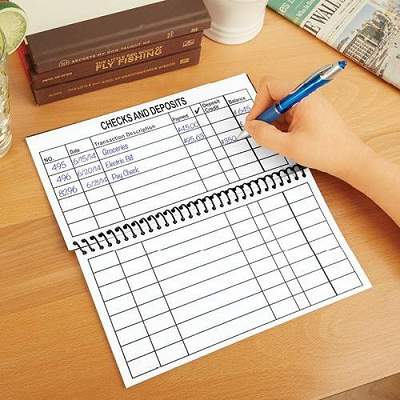Section 4-3: Check Registers
Section 4-3: Check Registers
Overview

Writing a check is a traditional method of making payments that allows you to transfer funds from your checking account to someone else or to a business. Here's a step-by-step guide on how to write a check:
Date Line: Start by writing the current date on the 'Date' line at the top right corner of the check. This indicates the date when the check is issued.
Payee Line: On the line labeled 'Pay to the order of,' write the name of the person or business you are paying. Be sure to write the name clearly and accurately to avoid any confusion.
Amount in Numbers: In the box to the right of the payee line, write the numerical amount of the payment. Make sure to write the amount close to the dollar sign and to fill in any remaining space with a line to prevent fraud.
Amount in Words: Below the payee line, write out the amount in words. Start writing as close to the left-hand side of the line as possible to prevent any tampering. For example, if the payment is $100, write 'One hundred dollars.'
Memo Line (Optional): If you want to include a note about the purpose of the payment, you can write it on the memo line located at the bottom left corner of the check. This is optional but can be helpful for record-keeping purposes.
Signature Line: Finally, sign the check on the line in the bottom right corner. Your signature is essential as it authorizes the bank to withdraw funds from your account and pay the amount specified on the check.
Check Register: After writing the check, be sure to record the transaction in your check register or checkbook ledger. This helps you keep track of your spending and ensures that you have enough funds in your account to cover the payment.
Tear Off the Check: Once the check is filled out completely, tear it off carefully along the perforated edge. The check is now ready to be given to the payee.
It's important to remember that once you write a check, the funds are deducted from your account as soon as the payee deposits or cashes the check. Therefore, make sure you have sufficient funds in your account to cover the amount of the check to avoid overdraft fees or bounced checks.
Online Textbook Read Section 4-3: (Check Registers)

